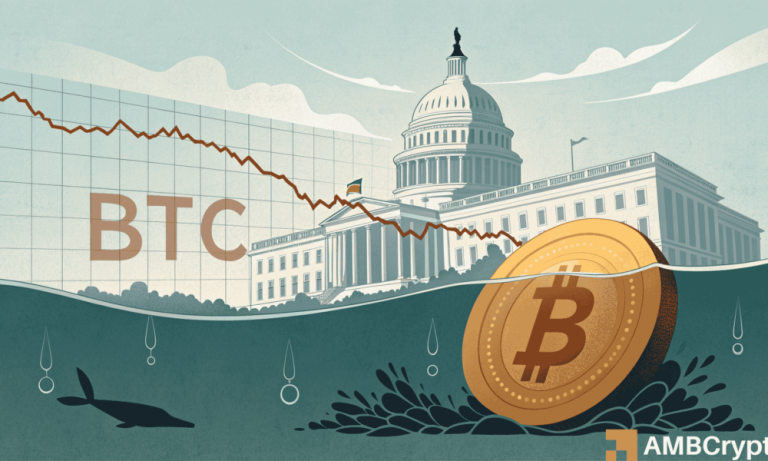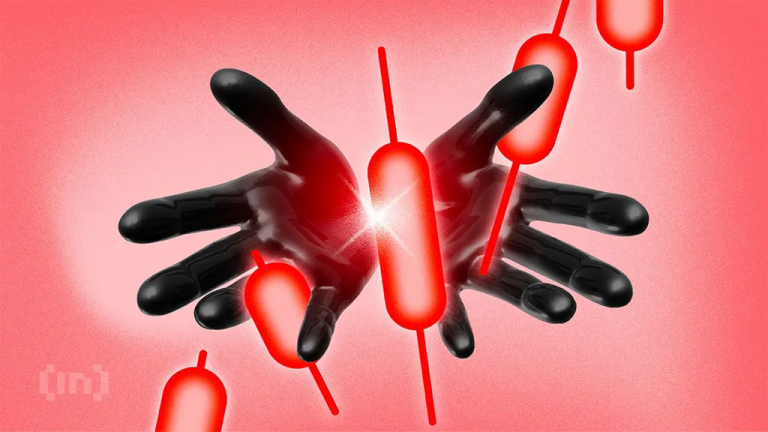
Introduction

The science behind vaccines and public health is a crucial area of study that impacts individuals and communities worldwide. At its core, vaccination is a method of preventing infectious diseases by stimulating the immune system to recognize and combat pathogens. This article delves into the mechanisms of vaccines, their development, and their significance in enhancing public health.
How Vaccines Work
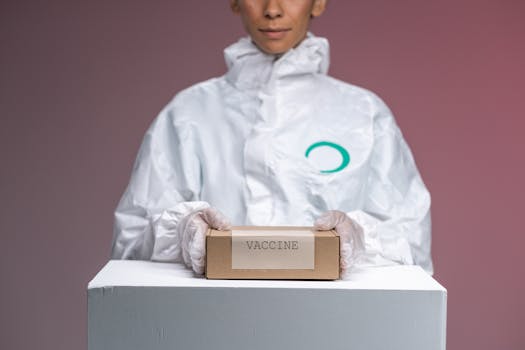
Vaccines function by introducing an antigen, a harmless component of a pathogen, into the body. This exposure trains the immune system to recognize and fight the actual pathogen if encountered in the future. There are various types of vaccines, including:
- Inactivated or killed vaccines: These contain pathogens that have been killed or inactivated so they cannot cause disease.
- Live attenuated vaccines: These use a weakened form of the pathogen that stimulates a strong immune response without causing illness.
- Subunit, recombinant, or conjugate vaccines: These include only parts of the pathogen, such as proteins or sugars, to elicit an immune response.
Understanding these mechanisms helps in appreciating the importance of vaccines in disease prevention.
Vaccination and Herd Immunity
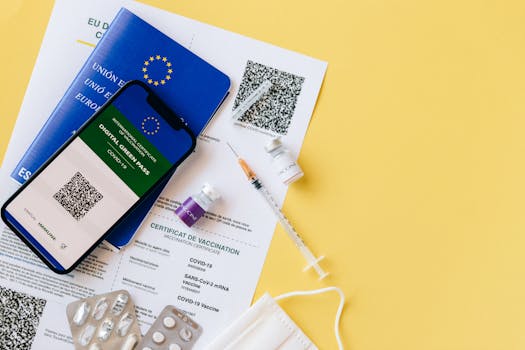
Herd immunity occurs when a significant portion of a population becomes immune to a disease, thereby providing indirect protection to those who are not immune. Vaccination is pivotal in achieving herd immunity. For many diseases, a specific percentage of the population needs to be vaccinated to prevent outbreaks. For instance, measles requires about 95% vaccination coverage to maintain herd immunity.
The Role of Vaccines in Public Health

Vaccines have transformed public health by drastically reducing the incidence of infectious diseases. Diseases such as polio, smallpox, and measles have seen significant declines due to widespread vaccination campaigns. Public health initiatives emphasize the importance of vaccination in:
- Preventing outbreaks and epidemics
- Reducing healthcare costs associated with treating infectious diseases
- Protecting vulnerable populations, including infants and immunocompromised individuals
Through comprehensive vaccination strategies, public health organizations aim to eradicate certain diseases entirely.
Challenges and Misconceptions

Despite the proven efficacy of vaccines, challenges persist. Misinformation about vaccine safety and efficacy can lead to vaccine hesitancy. Public health officials work diligently to address these misconceptions through educational campaigns and transparent communication about the benefits and risks associated with vaccines.
Conclusion
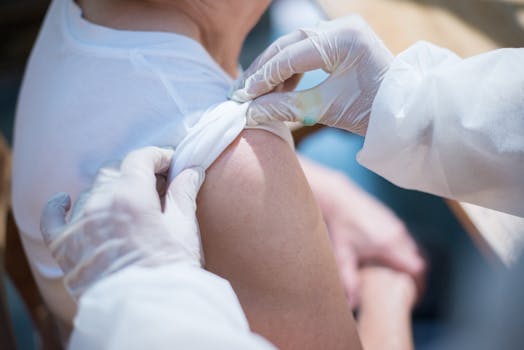
The science behind vaccines is a testament to human ingenuity and a critical component of public health. By understanding how vaccines work and their role in preventing diseases, we can foster a healthier society. Vaccination not only protects individuals but also promotes community health through herd immunity. It is essential to continue supporting vaccination efforts to ensure a healthier future for all.
